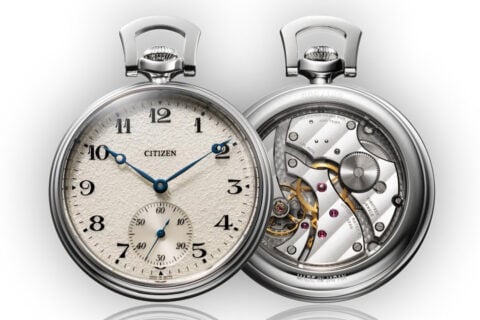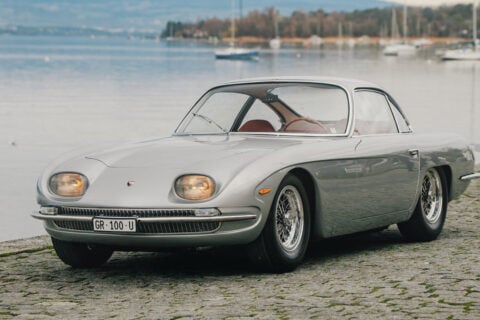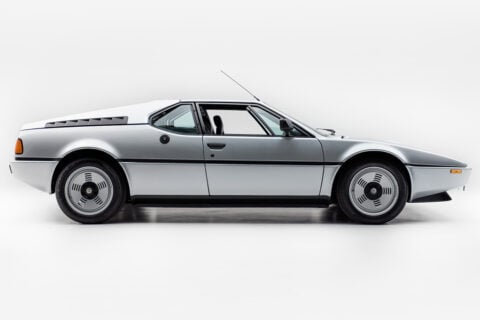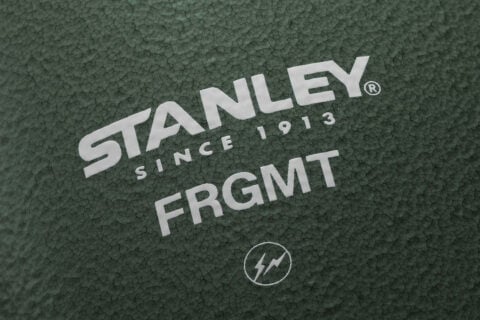Having founded the company from their production of the 35mm film camera, they have further developed themselves into the manufacturing of lens, cameras, as well as sensor technologies. Those who are familiar with photographic equipment will certainly have heard of the name Sigma. Based on its Foveon X3 sensor, the company was able to receive extremely positive compliments, whether it was discussed in regards to its SLR SD series or its portable dp Quattro series. Those who admire their technology believes that its image quality is comparable to the medium format, with resolution, sharpness and colour reproduction results even better than the mainstream CCD or CMOS format. Yet, for those who are on the opposition side, they think that the speed and the responsiveness of the model is much slower than other models, and their noise problems are rather serious. Despite of the mixed reactions, the factory have still insisted on its independency in the market. In the recent Japan CP+ 2016 camera and imaging exhibition, they have brought their sd Quattro and sd Quattro H mirrorless models.
The new machines use the Foveon X3 sensor, where the prior has an APS-C size, with a maximum output of 29 million pixels, and the latter, “H” high-end version, has a rare APS-H size, and provides up to 45 million pixels. In support of the Sigma SA lens adapter ring, the top of the machines is added with an electronic viewfinder, imitating a professional SLR viewfinder experience. Learning from past experiences, their current edition is specially pre-loaded with the a 2-mode, phase difference detection and contrast detection hybrid auto focus technology. Matched with its increased built-in memory, the SD Quattro can take up to 14 images (the SD Quattro H can take up to 10 images) at the largest size, under a RAW format. When it comes to continuous shooting, it can go up to 3.6 images per second (the SD Quattro H can go up to 3.8 images per second). On top of that, the new machine is equipped with the “Super Fine Detail” function, and can merge 7 images with different exposure levels automatically into one single RAW file. This enhances the dynamic range, and also improves its suppression of noise. The price and the release date of the model is yet to be confirmed, but either way, it would definitely lead to more controversy and discussion when it does.






